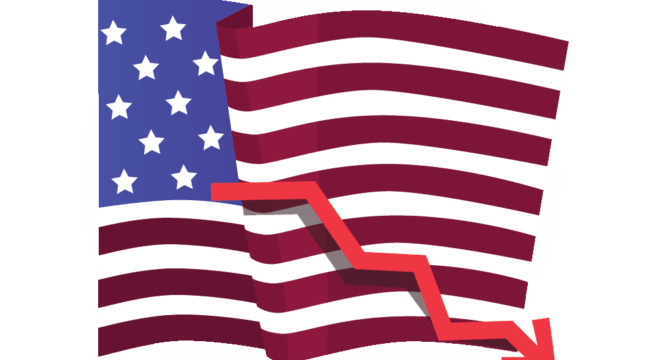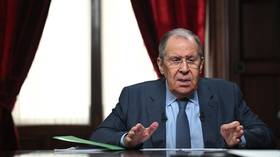Monetary and Fiscal Policy Won’t Help
by Jim Rickards, Daily Reckoning:

Monetary and fiscal policy won’t lift us out of the new depression. Let’s first take a look at monetary policy.
Fed money printing is an exhibition of monetarism, an economic theory most closely associated with Milton Friedman, winner of the Nobel Memorial Prize in economics in 1976. Its basic idea is that changes in money supply are the most important cause of changes in GDP.
A monetarist attempting to fine-tune monetary policy says that if real growth is capped at 4%, the ideal policy is one in which money supply grows at 4%, velocity is constant and the price level is constant. This produces maximum real growth and zero inflation. It’s all fairly simple as long as the velocity of money is constant.
It turns out that money velocity is not constant, contrary to Friedman’s thesis. Velocity is like a joker in the deck. It’s the factor the Fed cannot control.
Velocity is psychological: It depends on how an individual feels about her economic prospects. It cannot be controlled by the Fed’s printing press. It measures how much money gets spent from people to businesses.
Think of when you tip a waiter. That waiter might use that tip to pay for an Uber. And that Uber driver might pay for fuel with that money. This velocity of money stimulates the economy.
Well, velocity has been crashing for the past 20 years. From its peak of 2.2 in 1997 (each dollar supported $2.20 of nominal GDP), it fell to 2.0 in 2006 just before the global financial crisis and then crashed to 1.7 in mid-2009 as the crisis hit bottom.
The velocity crash did not stop with the market crash. It continued to fall to 1.43 by late 2017 despite the Fed’s money printing and zero rate policy (2008–15).
Even before the new pandemic-related crash, it fell to 1.37 in early 2020. It can be expected to fall even further as the new depression drags on.
As velocity approaches zero, the economy approaches zero. Money printing is impotent. $7 trillion times zero = zero. There is no economy without velocity.
The factors the Fed can control, such as base money, are not growing fast enough to revive the economy and decrease unemployment.
Spending is driven by the psychology of lenders and consumers, essentially a behavioral phenomenon. The Fed has forgotten (if it ever knew) the art of changing expectations about inflation, which is the key to changing consumer behavior and driving growth. It has nothing to do with money supply.
The bottom line is, monetary policy can do very little to stimulate the economy unless the velocity of money increases. And the prospects of that happening aren’t great right now.
But what about fiscal policy? Can that help get the economy out of depression?
Let’s take a look…
Congress is far along in authorizing more deficit spending in 2020 than the last eight years combined. The government will add more to the national debt this year than all presidents combined from George Washington to Bill Clinton.
This spending explosion includes $26 billion for virus testing, $126 billion for administrative costs of programs, $217 billion direct aid to state and local governments, $312 billion for public health, $513 billion in tax breaks for business, $532 billion to bail out major corporations, $784 billion in aid to individuals as unemployment benefits, paid leave, direct cash payments and $810 billion for small businesses under the Paycheck Protection Program.
This comes on top of a baseline budget deficit of $1 trillion.
Read More @ DailyReckoning.com



